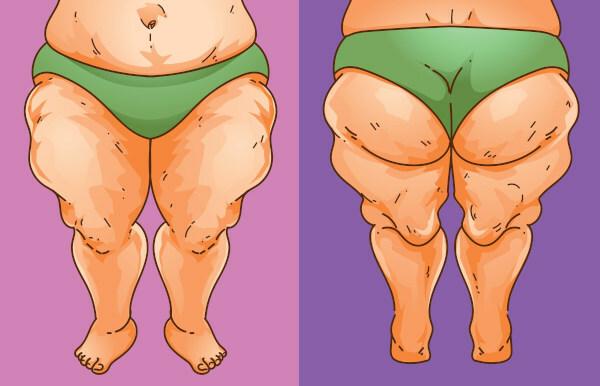More than 90 people have already died because of the forest fire that started on August 8, on the island of Maui, in the state of Hawaii, in the United States. The tragedy is already considered the biggest fire in the country in a hundred years.
In addition to the number of dead and injured, the fire had several consequences. Among them is the destruction of the tourist town of Lahaina, which had approximately 13,000 inhabitants. According to local authorities, the city will take many years to rebuild.
Data released today, August 14, indicate that the Hawaiian Justice Department has received actions that accuse Hawaiian Electric, which distributes electricity to 90% of the state, of being to blame for the fire.
Hawaii wildfire
The wildfire in Hawaii started on the morning of August 8 in Upper Makawao, burning about 270 hectares. By 11 am, the fire had spread to the town of Lahaina. There were wind gusts of up to 96 km/h.
Hours later, the fire spread to Kula, prompting evacuations from nearby residential areas. In the afternoon of the same day, there was a fourth fire, on Pulehu Road, in the central valley.
According to Hawaii authorities, in short, the fires reached the island of Maui and regions such as Kula, North Kohala and South Kohala. But the most impacted town was Lahaina, in West Maui, which was destroyed.
Read too: fires in europe
Do not stop now... There's more after the publicity ;)
What are forest fires?
According to the Civil Defense of the State of Rio de Janeiro, forest fires are the spread of fire in forest and savannah areas (savannahs and caatingas). These fires tend to happen more frequently and more intensely during periods of drought (drought) and are linked to the reduction of environmental humidity.
According to the Civil Defense, fires can start spontaneously or be the result of human actions. However, even in these last cases, climatological and environmental factors are decisive for fires.
The Civil Defense reinforces that forest fires cause material, environmental and human damage.
Causes of forest fires
According to the Civil Defense of Rio de Janeiro, the causes of forest fires can be natural. Some of the reasons are: lightning, exothermic fermentative reactions and concentration of solar rays by pieces of quartz or shards of glass in the form of a lens.
But most of the forest fires occur, for example, due to imprudence and carelessness of hunters, woodsmen or fishermen, and through the propagation of small bonfires, made in camps.
Other reasons may be sparks from locomotives or other self-propelled machines, consumers of charcoal or firewood; loss of control of fires, carried out to “clean up” compounds and arsonists and/or pyromaniacs.
Consequences of forest fires
Still according to the Civil Defense of Rio de Janeiro, forest fires can have several consequences, such as:
Destruction of trees in the growth phase or in commercial use, reducing the production of wood, cellulose, forest essences and other inputs;
Decreased fertility of ground, as a consequence of the destruction of recyclable organic matter, forcing a greater consumption of fertilizers;
Reduced resistance of trees to attack by pests, forcing a greater consumption of pesticides
Reduction of biodiversity;
Drastic alterations of the biotopes, reducing the possibilities of a balanced development of the wild fauna;
Facilitation of erosion processes;
Reduced protection of water sources and springs.
Human losses and injuries caused by fire or injuries;
Homeless and homeless.
Image credit:
Personal archive
By Silvia Tancredi
Journalist


